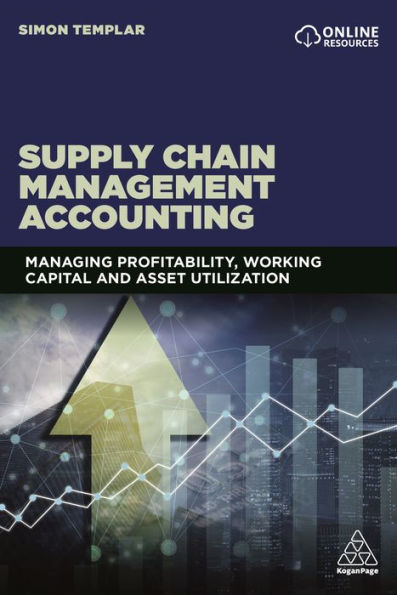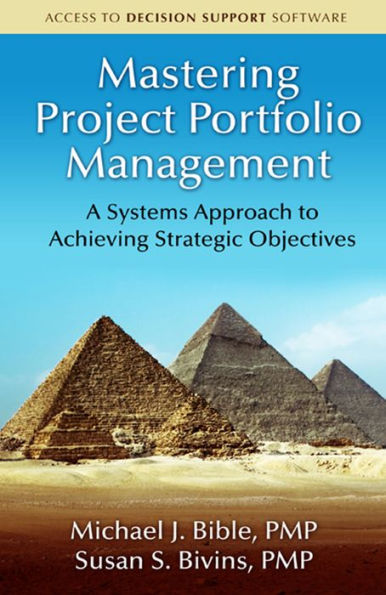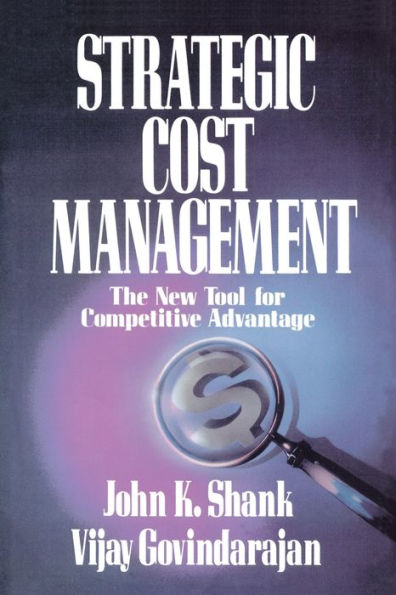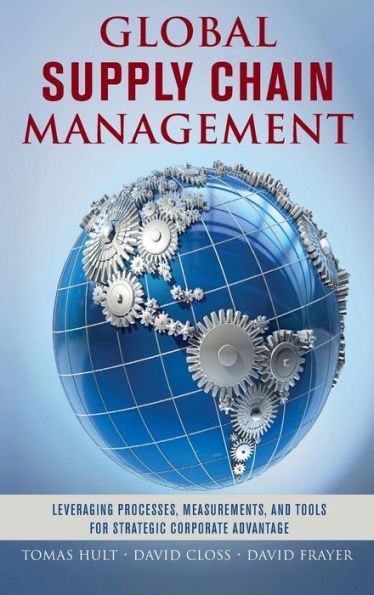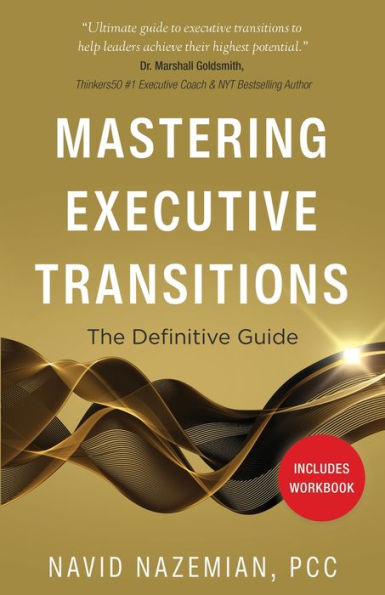Home
Mastering Working Capital: A Strategic Guide
Loading Inventory...
Barnes and Noble
Mastering Working Capital: A Strategic Guide
Current price: $37.99


Barnes and Noble
Mastering Working Capital: A Strategic Guide
Current price: $37.99
Loading Inventory...
Size: OS
*Product Information may vary - to confirm product availability, pricing, and additional information please contact Barnes and Noble
In this preface, we delve into the essential concept of working capital, which constitutes a crucial portion of a business's asset base employed in its day-to-day operations. It encompasses elements such as receivables, inventories (including raw materials, work-in-progress, and finished goods), merchandise, bill receivables, and cash. Working capital is approached through two distinct concepts: the Gross Concept and the Net Concept. The Gross Concept, also known as the quantitative concept, pertains to the total current assets, whereas the Net Concept focuses on the disparity between current assets and current liabilities. Working Capital can manifest as either positive (net working capital) or negative (deficit working capital).
The primary objective of working capital management is to efficiently oversee a firm's current assets, including debtors, receivables, cash holdings, bank balances, and stock, alongside its current liabilities, such as creditors and bills payable. A well-maintained working capital is imperative for a firm's financial stability and solvency. It is imperative that current assets adequately cover current liabilities to ensure a reasonable margin of safety. Each component of current assets must be managed judiciously to preserve a company's liquidity, while simultaneously avoiding an excessively high level of any one element, which could lead to increased costs.
The management of short-term sources of finance must be a continuous endeavor to ensure their optimal acquisition and utilization. Effective working capital management plays a pivotal role in a firm's success, aiming to safeguard the purchasing power of assets while maximizing return on investment. Furthermore, it assists management in assessing existing or potential financial constraints and opportunities. All these factors underscore the paramount importance of working capital within an enterprise.
It is crucial to emphasize that firms should maintain a robust working capital position and seek an optimum investment in this area. This necessity is particularly pronounced for small firms, which may not have substantial investments in fixed assets but must allocate resources to current assets like cash, debtors, and inventories. In the case of small firms, the role of current liabilities in funding current assets becomes even more significant, as they often encounter challenges in raising long-term finances. Additionally, there exists a close correlation between sales and the exigencies of working capital. As sales expand, firms must allocate more resources to inventories and accounts receivable. This need intensifies as sales growth becomes sustained and rapid. While continuous sales growth may also necessitate additional investments in fixed assets, the urgency associated with these investments differs from that of current assets.

